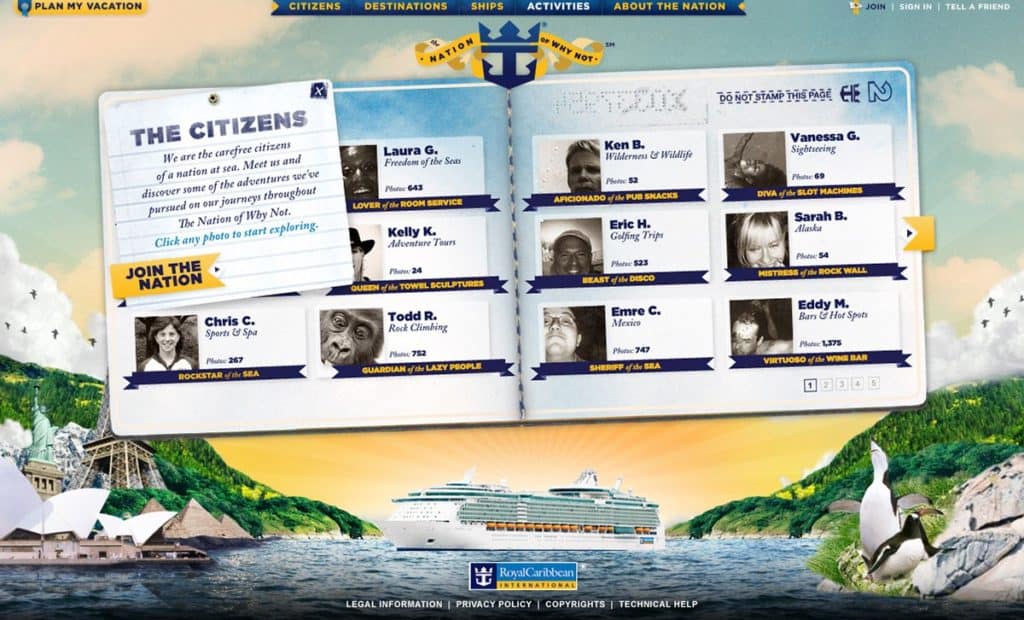Throughout my 20-year career, experience design has taken many turns. As the mediums have evolved, so have the responsibilities and approach of experience designers. We’ve had to adapt and learn, all while the ultimate goal has never changed – providing a great user experience.
My personal experience dates back to 1998 when I was awarded my first paying gig – designing and developing a CD-ROM base introductory to the Fine Art department at my college. This was an immersive experience that featured videos, photos, and downloadable examples of curriculum, student projects, etc. Our goal was to simply show off what the Fine Art department offered. There was no worry about files size, load times, or multiple screens. It was a simple project, we interviewed the department heads as well as key students to figure out what to include in the experience, gathered the content, designed and developed the CD-ROM. There weren’t a lot of technology options, we built it in Macromedia Director, which was later purchased by Adobe. CDs were mailed out to students. Simple. Effective. And for a long time this was the role of experience design – create great experiences that told a story or delivered key information. Flash came on the scene and we were building crazy interactive experiences that anyone could spend 3-4 minutes messing around with. At the same time, the likes of Yahoo, Amazon, and Facebook were building bare-bones websites that just focused on delivering information quickly and getting users to desired actions. Our goals were pretty straight-forward – create great experiences that delighted our users.

In 2008 with the introduction of the iPhone, experience design started to change. It started to become more complex and nuanced, though the over goals still remained the same. We had to start making sure our experiences worked across multiple devices, which was complicated as new devices seemed to hit the market every week; again, overall the goals were still that same – create great experiences that delighted users and let them achieve their desired goals – so our job wasn’t all that different, yet it was starting to change. The need to craft multiple versions of an experience started to become costly from a design and development standpoint. Concepts like Responsive web design (RWD) that were starting to take shape were really the beginning of experience designers being tasked with the business side of things. How do we reduce design hours and development hours so the cost of bringing a digital solution to market is smaller?

In the current experience design space, most UX concepts are pretty well tested and best practices are known and widely used. Frameworks like Bootstrap allow for the basics to be plug and play. Experience designers are now tasked with larger problems that are driving business. We are creating and working within design systems that allow for 100s of designers to work on a single site seamlessly. For instance, here at XDS we recently helped a major pharmaceutical company create a design system that helps cut time to market by 50% for all their product websites (you can read more about our services here). Experience designers now need to be business-minded and focus on things beyond best practices and user needs. We are seeing billion-dollar companies like Uber, whose whole business is built around a digital interface, that can’t afford to leave design thinking out of the c-suite. We are continually tasked with much bigger problems and I can’t be more excited to continue to tackle those new challenges.
Doug Rockhill – Co-Founder, Creative
Douglas is a digital native who has been creating digital experiences since 1998. When he’s not doing his first job as a soccer dad and surf instructor to his four sons, he can be found leading a great team at XDS, with recent launches of the Rubius Therapeutics Intranet and more.